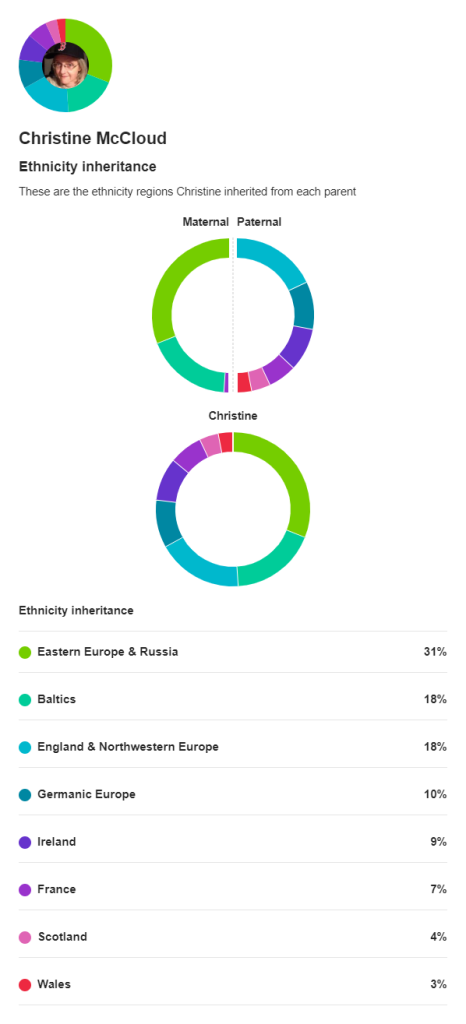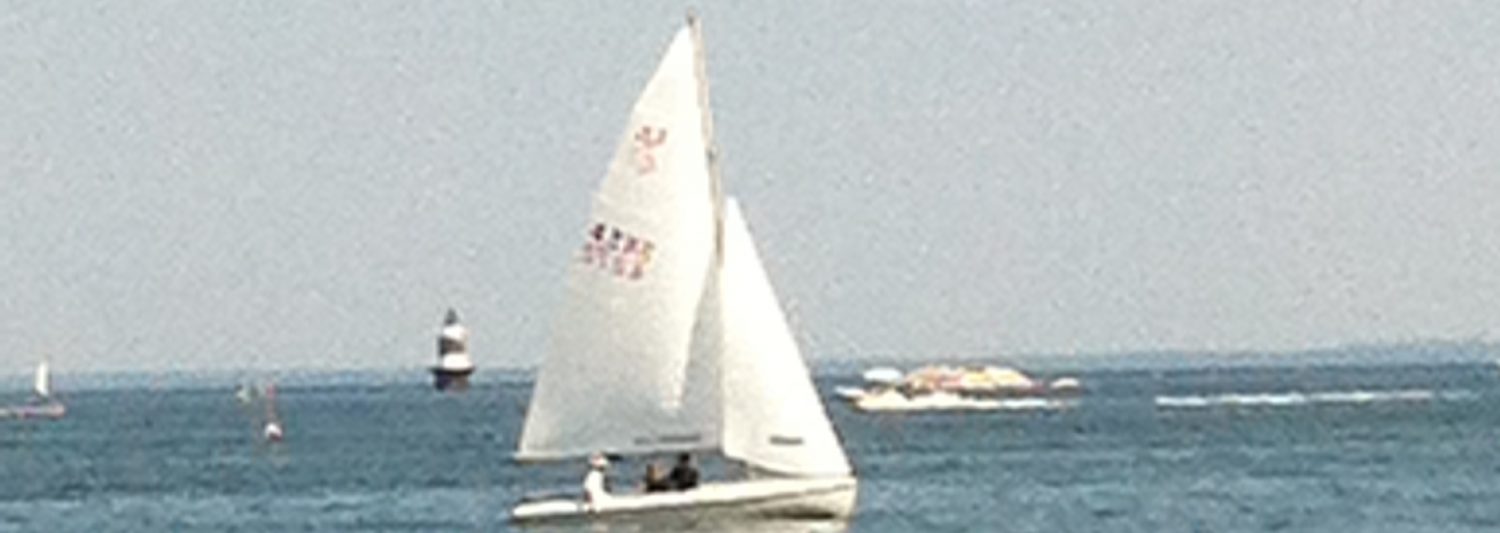When I first started doing genealogy in 2010, I basically picked up where my aunt left off: basically on my paternal line via my grandfather. You can see the fruits of that research in my early blog posts! With the low-hanging fruit of French-Canadian records, historical newspapers, and Massachusetts records, my father’s line was relatively easy and gratifying to research.
My mom’s side, however, is Polish and Lithuanian, and Eastern European research is notoriously tricky with its fluid spellings and border changes and resulting changes in home country names. My mom would nag me a bit to make some progress on her side of the family, but it was hard as a relatively new researcher!

All the experts advise to start with what you know. I knew what my mom and my aunt told me, which was basically the names of all their aunts, uncles and cousins on both sides of the family. Finding the records to corroborate these was an exercise in really learning surname variations, and occasionally first name variations! For these, I mostly looked on FamilySearch. City directories were also very helpful for my Markoski line, since I looked at them the old-fashioned way, by finding the pages they’d likely be on rather than by exact spelling.
Learning about the site New York State Historical Newspapers was helpful for my Biliunas and especially my Valek lines. I learned the name of my great-great grandfather (Adam Valek) through the newspapers! And free weekends on Newspapers.com gave me a ton of local information on the Markoskis in Massachusetts.
Before they became available on FamilySearch, I sent away for my John Biliunas’ naturalization paperwork from Suffolk County; unfortunately all I got was the Declaration of Intention, but that was a good place to start once the records did come online. The Lithuanian Genealogy group on Facebook helped decode the writing on his World War I draft registration that named his hometown!
With the Markoskis, it was a few years after starting to research that I came to the decision to take it slowly, carefully, and to examine each little piece of evidence. This is what led to my blog series, starting with this post. Where it didn’t crack anything wide open for me, it gave me a more intimate understanding of that side of the family.
And of course, time played a role as well. Reclaim the Records brought the New York State and New York City vital records indexes online, which eventually led to New York City posting birth, marriage and death certificates online as well. I also started taking a second look at what I already knew and found things I’d overlooked before, like the original spelling of the Valeks’ last name. And most importantly, I’ve met with my aunt a few times in recent years to scan a boatload of photos and hear many family stories behind them – priceless!
While it sounds like I’ve made a load of progress (which I have!), this has happened slowly with stops and starts over the course of thirteen years, and the learning still continues.

































